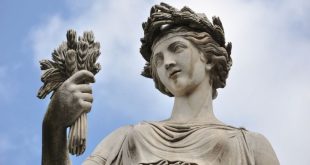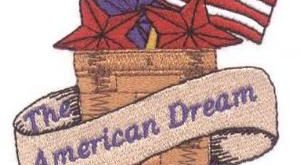How Were the Poor in The Great Gatsby Portrayed? Scott Fitzgerald’s The Great Gatsby is often seen as a novel about wealth, excess, and the pursuit of the American Dream. However, beneath its glamorous surface lies a harsh critique of poverty and class division. The novel highlights the stark contrast between the rich and the poor, portraying those without wealth as trapped in a cycle of hardship with little chance of escape.
But how were the poor in The Great Gatsby portrayed? Were they given depth and agency, or were they merely symbols of economic disparity? This article explores Fitzgerald’s depiction of poverty, focusing on the Valley of Ashes, the struggles of George and Myrtle Wilson, and the novel’s broader commentary on class inequality.

The Social Class Structure in the Novel
The Divide Between the Rich and Poor in The Great Gatsby
One of the novel’s central themes is the division between the wealthy and the working class. The rich, represented by characters like Tom and Daisy Buchanan, live in a world of luxury, while the poor struggle to survive in places like the Valley of Ashes.
Old Money vs. New Money vs. the Working Class
- Old Money (East Egg) – Families like the Buchanans inherit their wealth and maintain an air of superiority.
- New Money (West Egg) – Gatsby represents self-made wealth but is still looked down upon by Old Money elites.
- Working Class (Valley of Ashes) – The Wilsons symbolize those trapped in poverty with little hope of escaping.
The Valley of Ashes: A Symbol of Poverty
Description of the Valley of Ashes
Fitzgerald paints the Valley of Ashes as a desolate wasteland, covered in industrial ash and decay. It serves as a stark contrast to the glittering mansions of East and West Egg.
The Significance of the Setting
The Valley of Ashes symbolizes the consequences of capitalism and social inequality. It is a dumping ground for both industrial waste and forgotten people, representing the fate of those who fail to achieve the American Dream.
George and Myrtle Wilson: The Faces of Poverty
Struggles by George Wilson
George Wilson is a hardworking but struggling mechanic who runs a small garage in the Valley of Ashes. His financial desperation makes him vulnerable, and ultimately, he becomes a tragic figure in the novel.
Myrtle Wilson’s Desire for Wealth
Unlike her husband, Myrtle Wilson dreams of escaping poverty by associating with wealthy men like Tom Buchanan. She sees money as a means to a better life, but her pursuit of wealth leads to her downfall.
The Contrast Between West Egg, East Egg, and the Valley of Ashes
How Fitzgerald Divides the Social Classes
Fitzgerald’s setting choices emphasize the differences between the social classes:
- West Egg (Gatsby’s mansion) – Represents self-made wealth and ambition.
- East Egg (Buchanans’ estate) – Symbolizes inherited wealth and elitism.
- Valley of Ashes (Wilson’s garage) – Depicts poverty and struggle.
The Stark Difference in Living Conditions
While the rich attend lavish parties, the poor toil in harsh conditions. This contrast highlights the economic divide that defines the novel.
FAQs
- How does Fitzgerald portray the poor in The Great Gatsby?
Fitzgerald portrays the poor as trapped in a cycle of hardship, with little opportunity for upward mobility.
- What does the Valley of Ashes symbolize?
It symbolizes poverty, social decay, and the failure of the American Dream for the working class.
- Why is George Wilson an important character?
George Wilson represents the struggles of the working class and the impact of financial desperation.
- How does Myrtle Wilson view wealth?
Myrtle sees wealth as a way to escape her difficult life, but her pursuit of money ultimately leads to her tragic end.
- How does the novel criticize the American Dream?
It suggests that the American Dream is not attainable for everyone, especially the poor, who remain trapped in their social status.
- What is the significance of East Egg and West Egg?
East Egg represents inherited wealth, while West Egg symbolizes self-made wealth. Both contrast with the Valley of Ashes, where the poor reside.
Conclusion: The Evidence of Rich vs. Poor in the Great Gatsby
In The Great Gatsby, the poor are portrayed as struggling individuals who are often overlooked and discarded by society. Through the Valley of Ashes, George and Myrtle Wilson, and the stark contrast between the wealthy and the working class, Fitzgerald critiques the idea of the American Dream and highlights the harsh realities of poverty.
Though written in the 1920s, the novel’s themes of social inequality and class division remain relevant today. It serves as a powerful reminder of the economic struggles that persist in modern society and the challenges faced by those striving for a better life.



